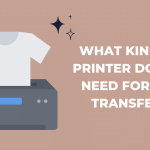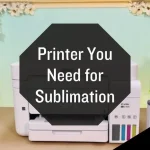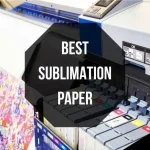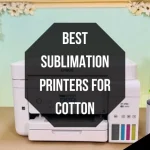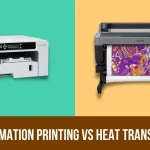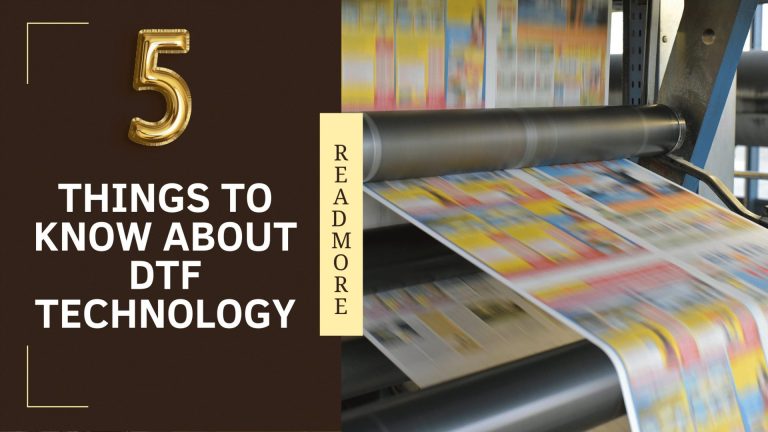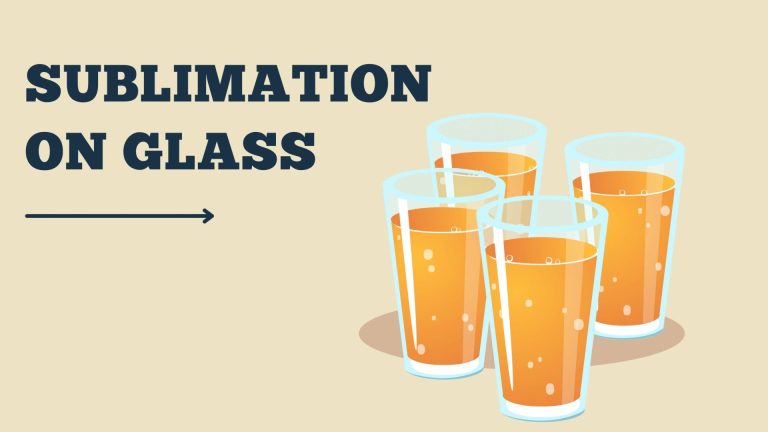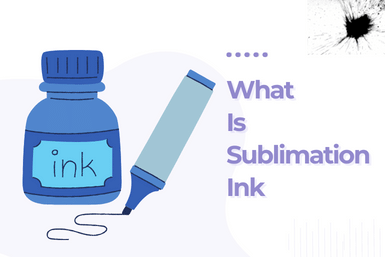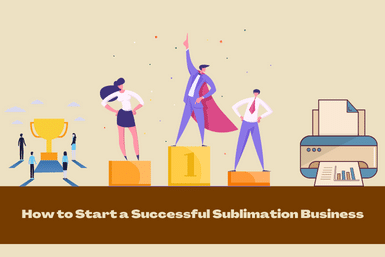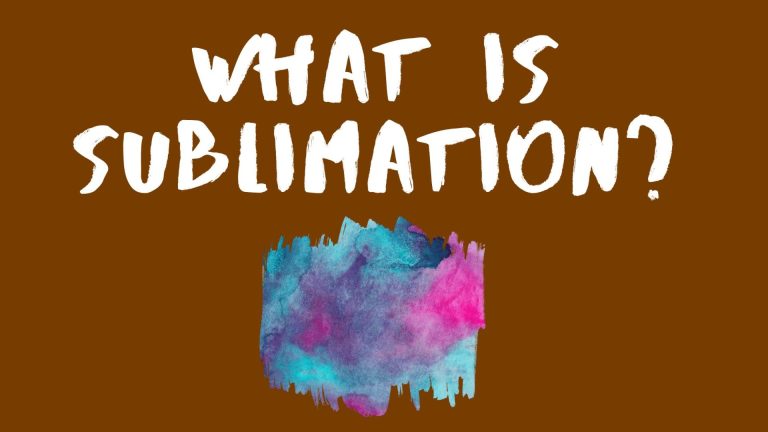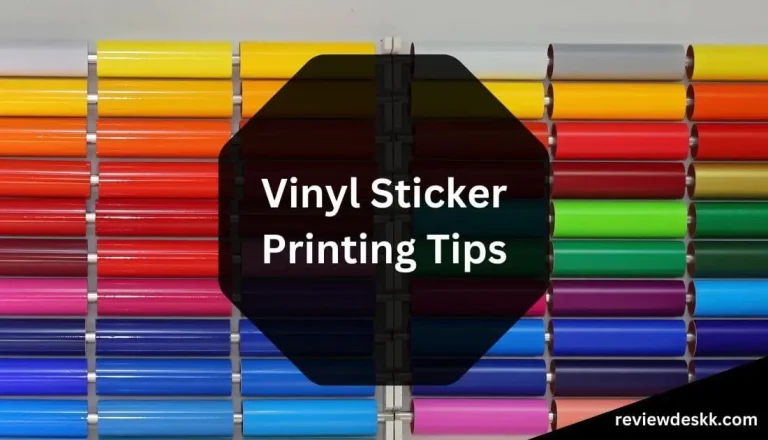Direct to Film Printing Pros and Cons – What you Need to Know
The world of printing has changed drastically over the past decade. The rise of digital printing and the decline of offset printing has made it much easier to print your business cards and other marketing materials. However, while DTF printing is convenient, it is also relatively new. Unlike new technologies, direct to film printing pros and cons are also there.

Direct-to-film (DTF) printing is a method of printing directly on a substrate, such as a T-shirt or a canvas, directly from digital files without offset printing. DTF printing has become a popular alternative to offset printing because it saves money and time while maintaining Quality. It has also become a popular option for people who want to print their artwork or prefer to have their prints made at home.
How is the quality of the DTF printing?
You might be curious about the quality of the DTF print. The quality of the DTF print is generally 20 times better than that of DTG. Printing DTF photos gives you the flexibility to customise your photos. With the help of DTF, you can make it look like you are wearing the clothes and accessories you want. You will have the opportunity to add your artistic touch to your photos.
Now you know what DTF is. Well, you might be wondering why people prefer the DTF printing process. And why do they switch from the offset printing process?
Here are some of the direct to film printing pros and cons:-
Direct to Film Printing Pros & Cons
Just like in every new technology, There are some advantages and disadvantages associated with DTF printing. We are putting some light on them So you can better decide.

DTF Pros
The advantages of DTF printing are that you can print on demand. This is a great advantage because you will be able to print a large number of copies of your product quickly. This can save you a lot of money. Here we discuss some of the other pros of DTF that are as follows:
Unique printing capabilities:
DTF printing is used by companies that make many copies of their products. This is why it has some advantages that cannot be found with traditional offset printing.
You can print on demand, meaning you can print the number of copies you want to sell. There are no limits on how many you can print.
The best part of DTF is that you can produce prints with unique features. For instance, you can make your prints in a special colour or an interesting texture.
Requires no special training:
Printing presses require a lot of skill and experience to operate. Most people do not have those skills, and they do not have the time to learn them. The good news is that they don’t need them to operate a DTF printer. All you need to do is follow a few simple instructions, and you will be printing like a pro.
There is no need to cut:
DTF printing technology uses computerised machines to print patterns onto fabric. In other words, the printing can be done directly from the digital data of the material. The printing process doesn’t involve cutting any paper, usually used in traditional printing methods.
Less use of ink:
Another advantage of DTF printing is that there is less use of ink. This saves a lot of ink, which is very expensive.
Works on all fabric:
You can get DTF printed on just about any fabric. This includes cotton, polyester, acrylic, linen, leather, and even denim. Because DTF printing is an in-house process, you don’t have to worry about getting the correct type of fabric. You can get the job done even if you don’t have the exact kind of fabric that you need.
Faster and cheaper:
Printing with DTF technology takes much less time and is cheaper than traditional printing methods. You don’t have to wait for weeks to get the printed material. And you don’t have to spend more money and energy on printing because it is less costly. You can easily change the design of the fabric at any time.
Environment-friendly technique:
Traditional printing uses inks and dyes that are harmful to the environment. The ink is dangerous not only to the workers but also to the environment.

As a result, you should avoid using these inks. DTF printing does not cause any harm to the environment. There are no hazardous chemicals involved.
Varied choice:
One of the main reasons why people choose this printing method is because you can use a wide range of colors and images. You can select the exact colors you want to use and control how many of them will be in your final design.
Easy to operate:
Printing with the Direct Film (DTF) method is easy because you don’t need to install the software. DTF printers are designed to print directly onto fabrics without cutting. You can place the design you want onto the fabric and print it.
DTF Cons
If DFT has some advantages, there are also a few disadvantages associated with DTF as well that are mentioned below.
More wastage of resources:
There is an environmental impact associated with DFT because more resources are used to produce a product. DFT requires more energy and water than traditional offset printing. The quality of the output also depends on the type of ink used.
Pretty high maintenance is required:
DTF indeed requires high maintenance. DTF uses a lot of time and money to prepare the paper for printing. Also, it is essential to maintain the printer in good condition. Otherwise, the results won’t be good. So, you will need to invest a lot of money to keep it.
High Cost:
The process of DTF is complex and expensive. To begin with, you will need to buy a good quality DFT printer. You will have to pay a lot of money to have it repaired.
Time-consuming:
In DTF, it takes longer to complete the job than in other printing methods. A large number of prints are also produced in DFT. Therefore, the production of DFT is slow compared to other methods. This is a drawback of DFT technology.
Conclusion – Direct to Film Printing Pros and Cons
So, if you plan to get into DTF printing, you have made a wise choice. The benefits are enormous, and your future success will depend on your preferences. You will undoubtedly need to spend some of your money initially, but after a couple of years, the investment will pay dividends.

